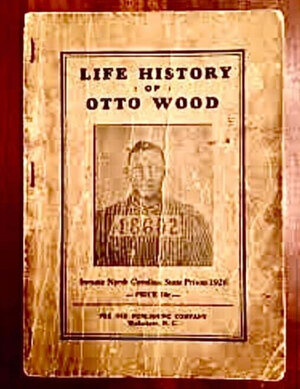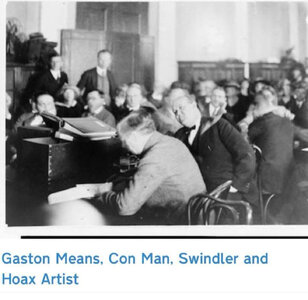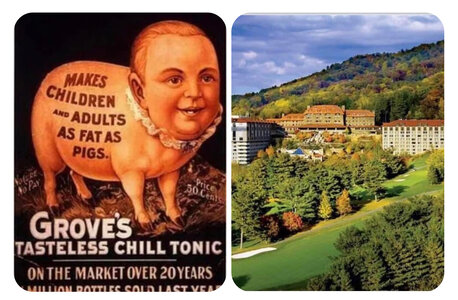donbosco
Inconceivable Member
- Messages
- 3,649

"It was July 9, 1962, when Andy Warhol's exhibit, Campbell's Soup Cans, opened at the Ferus Gallery in Los Angeles, CA. This was Warhol's first solo exhibition of pop art. Campbell Soup Cans comprised 32 separate canvases, each depicting a different soup flavor.... . . He had started on the Campbell’s soup cans. I saw them as I walked into his little house on Lexington Avenue where he was living at that time. As I walked through the foyer, I could see lots of these soup can paintings leaning against the wall . . . I said, “I think they’re terrific, Andy. Would you think about selling them in my gallery?” He said oh, he’d be thrilled, that he had no gallery at that time, had absolutely no commitment then. And I agreed right then and there to show the series . . . 16 x 20 inch pictures of soup cans . . . I remember ringing the gallery with 32 of these paintings, looking at them. Having sold five or six of them, I decided after I was into the exhibition some two weeks, that the series was just incredibly compelling and really intriguing, and really fascinating as a group. And I called Andy up and I said, “I’ll tell you what I think. I think the paintings should stay together as a series, in toto. If I can manage that. I’ve sold five or six but I going to try and get them back." . . . He said they were conceived as a series and that’s really the way he thought of them; as a group . . . So I called the six people and explained exactly what had occurred . . . And everyone said they would give up their painting. They were very generous. And I called Andy up and said, “I’ve got them together, I’d like to keep them.” Andy said, “Fine.” . . . The audience was minuscule – it began as an audience composed mainly of artists. And it filtered up very slowly from that."




